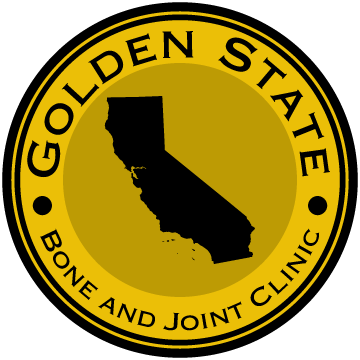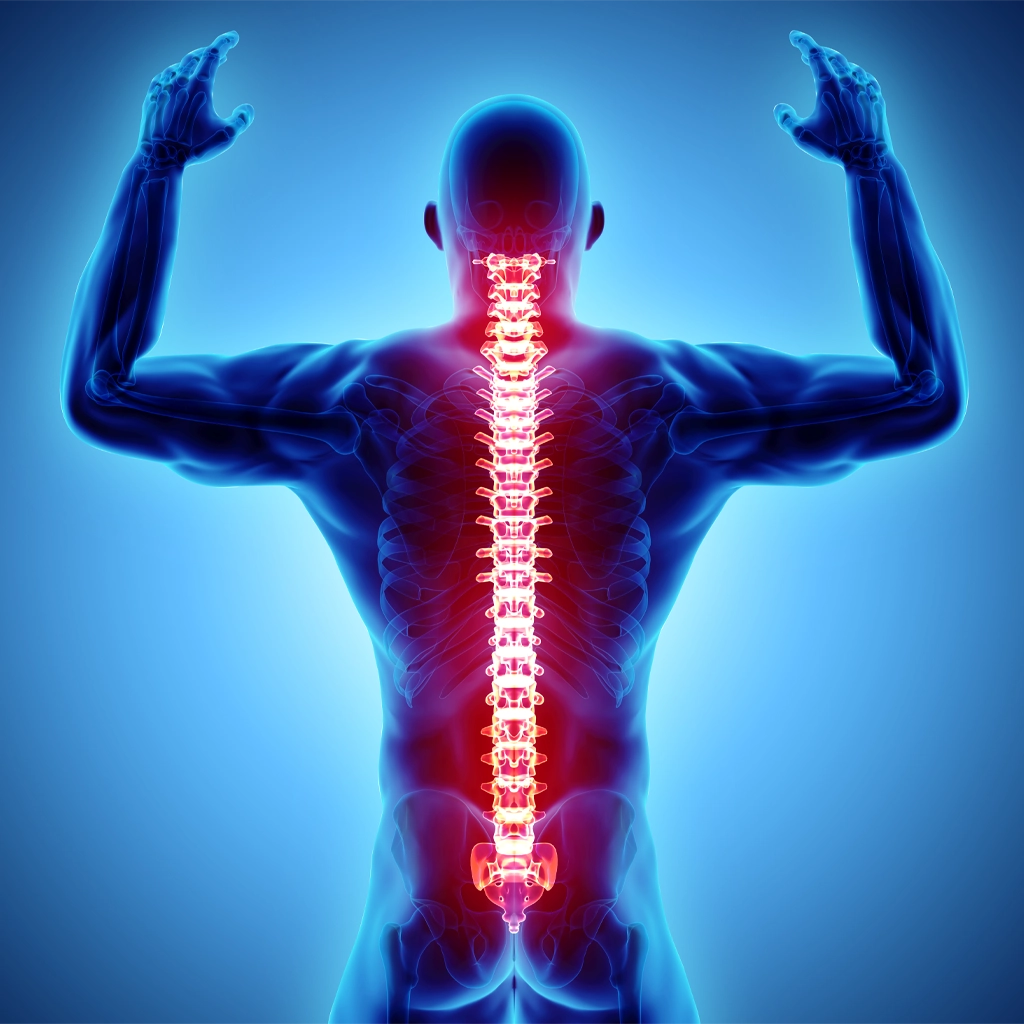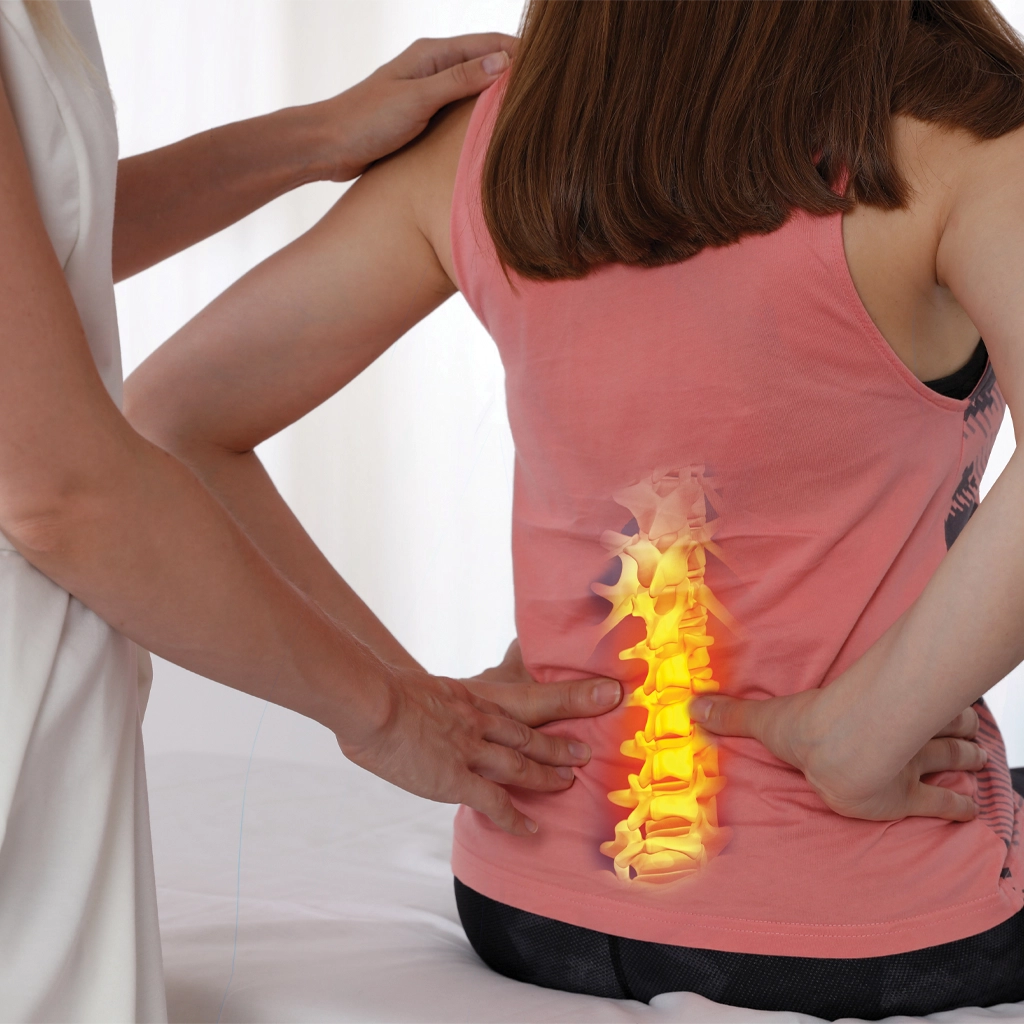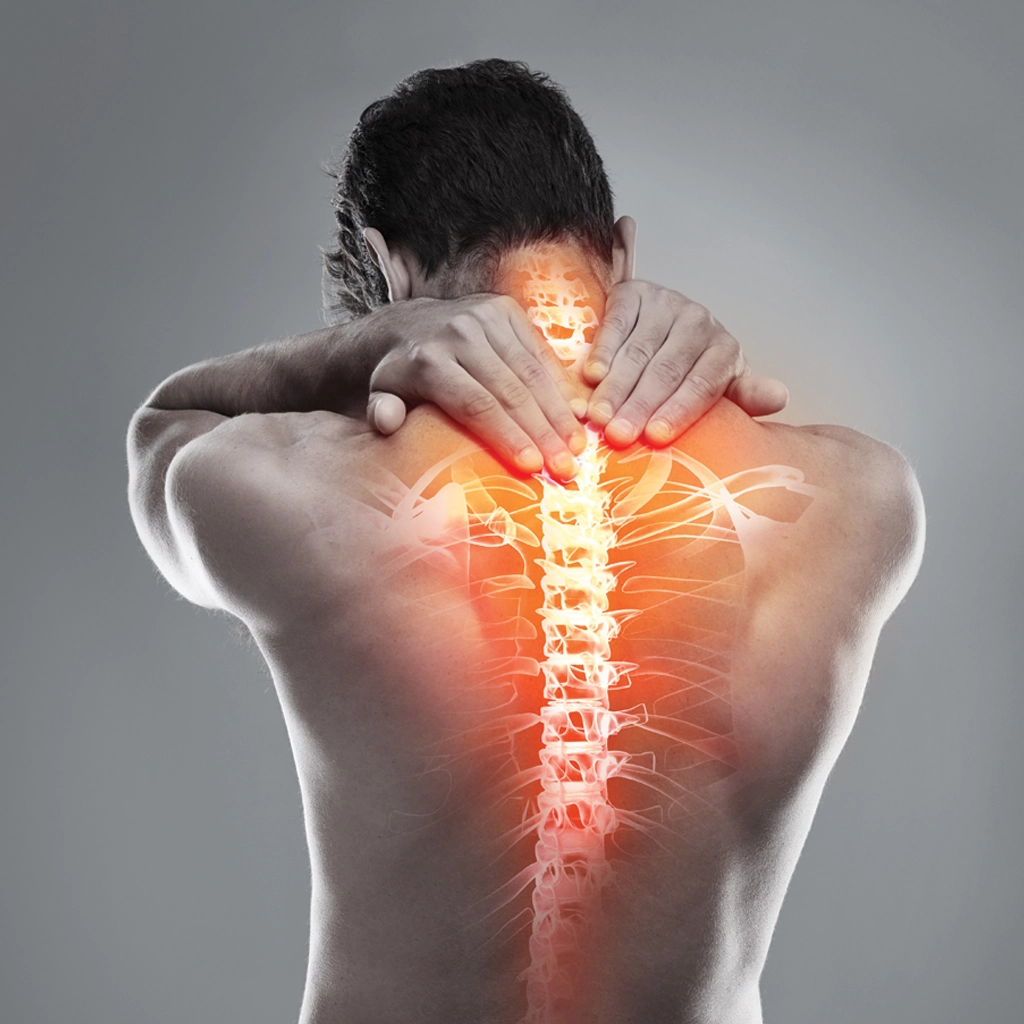Low Back Pain
Low back spine pain is one of the most common reasons to see a doctor. It can be caused by many things including muscle strains, lumbar spinal stenosis, lumbar disc herniation, and arthritis. A thorough evaluation including a physical exam and imaging, X-rays and or an MRI, can help diagnose the cause of the pain and help direct treatment recommendations. First line of treatment is typically conservative and involves medication, activity modification, physical therapy, and injections.
Spinal Stenosis
Spinal stenosis is the narrowing of the spinal canal, which can place pressure on the spinal cord and nerves. It is most often degenerative and related to age. This can result in pain, numbness, weakness and other symptoms. Spinal stenosis is best diagnosed on MRI. There are many treatment options for spinal stenosis, including medications, injections, physical therapy, braces, and as a last resort, surgery.



